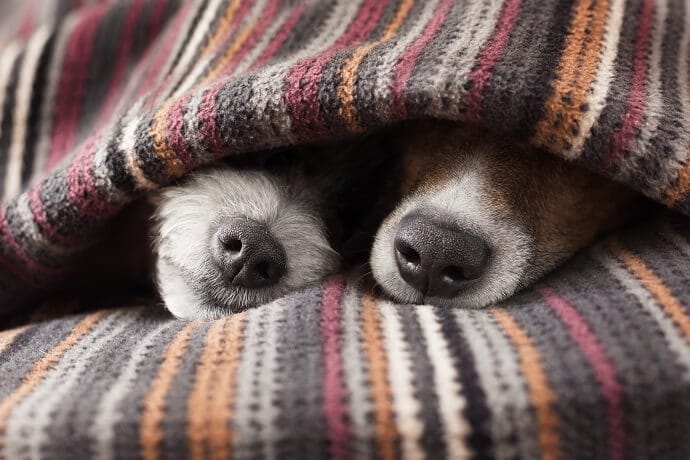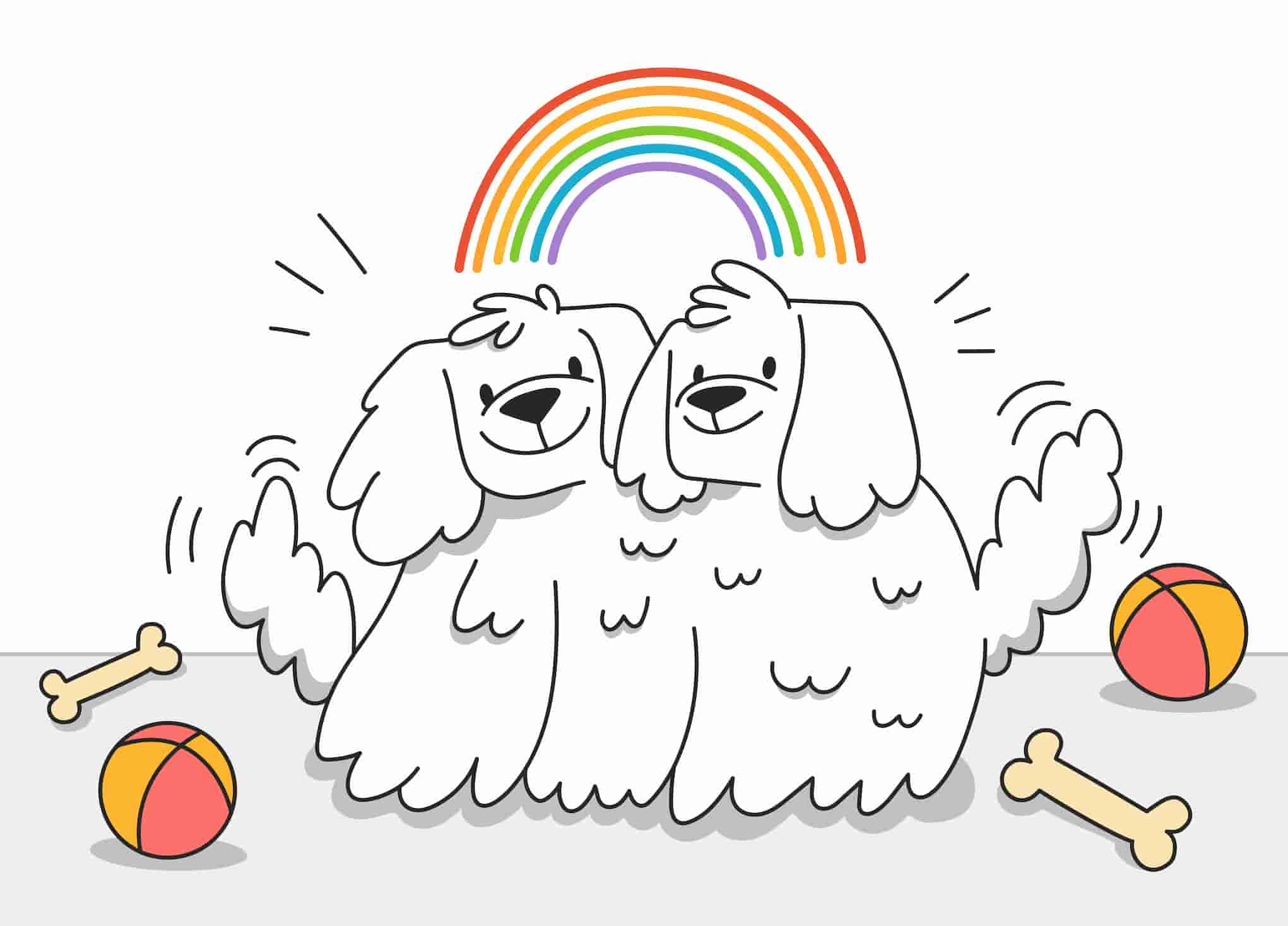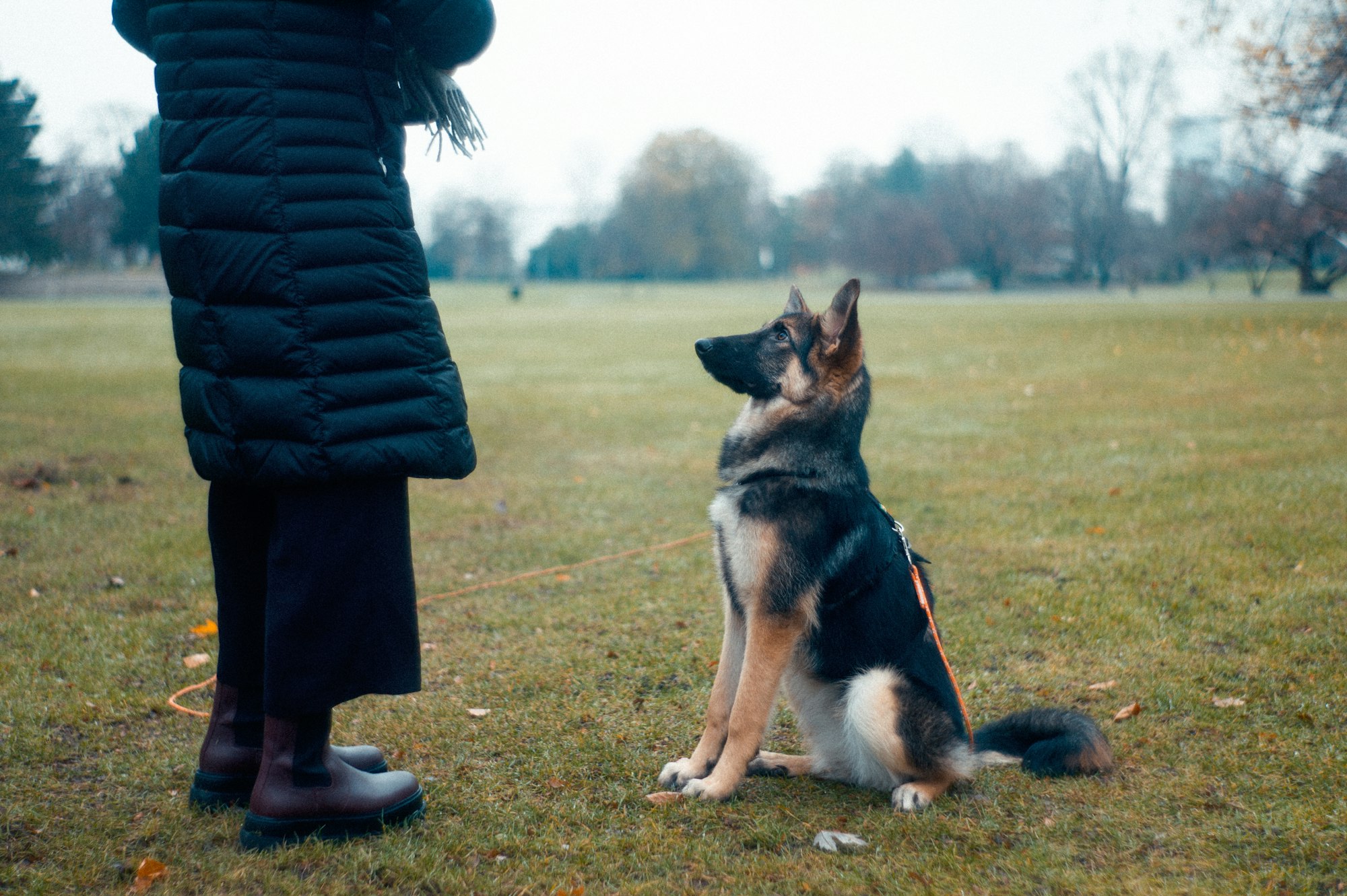Have you ever noticed that your cat is way too affectionate towards her female friends than you think she should be? Or maybe you’ve seen your dog trying to mount another pup and suspect there might be another explanation to this behavior than just a playful mood.
As the research on human gender and sexuality has seen tremendous progress over the last several decades, many people have opened their minds to the idea that their pets can be more queer than we’re used to thinking. However, the answer to the question “Can a dog be gay?” might be quite complicated.
What does research say about homosexuality in animals?
The topic of homosexuality was a taboo even not so long ago. Only around 20 years back, in 1999, Bruce Bagemihl published his book Biological Exuberance: Animal Homosexuality and Natural Diversity, which unveiled that over 300 species of vertebrates engage in homosexual behavior, while some scientists were still opposing the idea that homosexuality among animals is a common thing.
Today it is no longer a revelation that many animals engage in different kinds of same-sex interactions: in some species only males, in others only females, and in many both do. As Joan Roughgarden, an ecologist and evolutionary biologist, concludes — homosexuality among animals shows great contextual variation [1].
A research conducted by Elizabeth Adkins-Regan shows that early neutering, spaying or hormonal treatment might change or even reverse sexual preferences in rats, hamsters, pigs, and possibly even dogs, so hormones could be one of the explanations of homosexual behavior in some animals [2].
Other determinants of sexual preference to consider are mating system and social organization of the species. For example, as stated in the research of Adkins-Regan, monogamous species seem to have more constraints on their sexual preferences.
And now, back to our pets.

An old study by Charles Nelson Winslow explored homosexual interactions in the living quarters of a cat colony and came to the conclusion that male homosexuality in cats fulfilled a dominance-subordination purpose and had no sexual significance [3].
The newer research on dog mounting shows that willingness to dominate can be considered a reason for mounting other dogs too. However, other things can cause this behavior as well: excitement, playfulness, attention seeking, anxiety, and stress. So, if you see your pup mounting another dog in the park, it doesn’t really mean sexual attraction.
So, can dogs or cats be gay?
We should understand that while the question “Do animals engage in homosexual behavior?” is for sure already answered, there is not as much clarity about if animals are gay in the broader understanding of this term.
In humans, homosexuality means not only sexual behavior between people of the same sex or gender, it is also largely related to romantic and sexual attraction. While some sexual behavior between cats and dogs of the same sex can be clearly observed, it is yet to understand if there is more to it.
No pet parent would argue that our furkids can love. However, it is truly hard to comprehend the feelings of different species without cognitive bias of our human understanding of what is love, romance, and sexual attraction towards others.
- Roughgarden, J. (2017). 'Homosexuality and evolution: a critical appraisal' in On human nature, pp. 495-513
- Adkins-Regan, E. (1988) 'Sex hormones and sexual orientation in animals', Psychobiology, 16(4), pp. 335-347
- Winslow, C. (1938) 'Observations of Dominance-Subordination in Cats', The Pedagogical Seminary and Journal of Genetic Psychology, 52(2), pp. 425-428
Was this article helpful?
Help us make our articles even better










